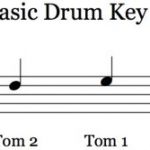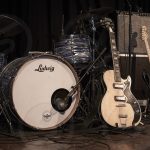The creation of music cannot do any great without rhythm patterns. Rhythm gives the structure to the piece, without which the listener would have no way of knowing when to expect a change in pitch or volume.
Beats can be anything, but on-beat and off-beat are the most common. On beats are accented beats that tell you to pay attention. The onbeat also tells you which beat to count as the first in a bar. In 4/4 time, it would be 1. Four-on-the-floor is of this kind.
Offbeats are beats that tell you not to pay attention. The offbeat is also what you would count as the second in a bar. If it’s 4/4 time, that number would be 2.
Tempo markings are usually placed in the first beat of each measure since they indicate how fast the entire song plays. Musicians have a tough time mastering the tempo, but the only way to tell the actual rhythm is by counting the beat changes.
What is Four on The Floor Beats?
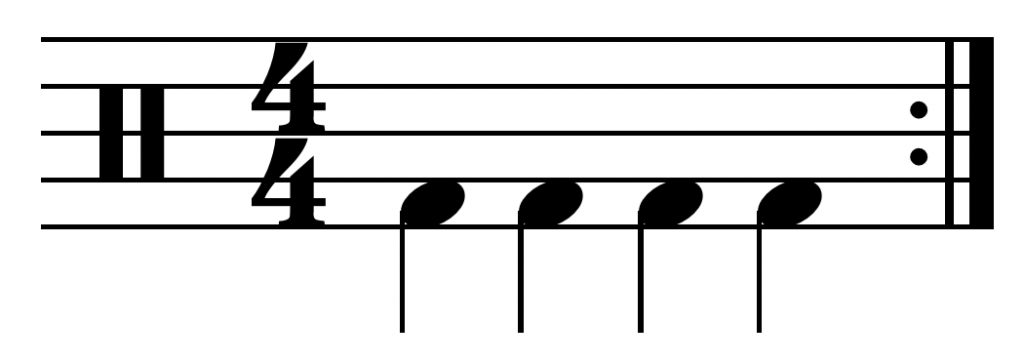
This beat pattern comes from the rhythm that it creates when played on the drum set—four beats are sounded by the bass drum with a loud “kick” hit, followed by silence during the remainder of the measure.
It originated from late 1960s Motown drum beats. It then became a staple of funk and disco music from the 1970s up through today. It is the precursor of electro and techno music.
A strong accent characterizes it on the first beat and is often emphasized by all instruments. One can do this through any sound device, but most people use bass for this technique.
A bass guitar can also carry this steady beat; however, it is more common to see it in drumming or a melodic line combined with a driving electro bass.
One can use four-on-the-floor beat in house music, techno, trance, breakbeat, and hip hop. It is essentially a backbeat on all four beats (1 & 3 & 5 & 7) of the measure. Four-on-the-floor is also used widely in rock music.
Four-on-the-floor is used widely in modern music, including dance and electronic subgenres. A variant of this beat is playing the hi-hat on the beats (2 & 4 & 6 & 8) instead of the backbeats (1 & 3 & 5 & 7).
What Does the Four-on-the-Floor Rhythm Pattern Sound Like?
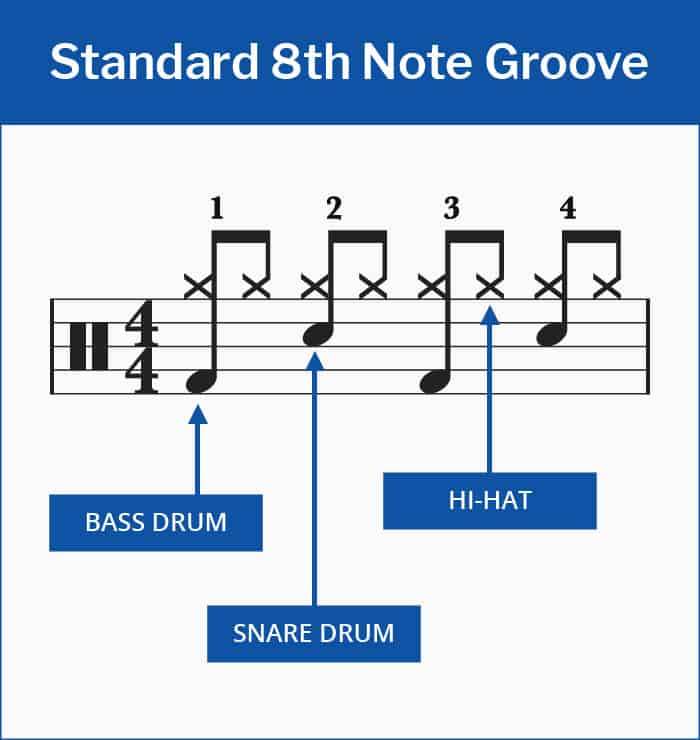
Four-on-the-floor beats like a heart, and it’s the backbone of rock music. On guitar, bass, drums, keyboards, if someone is playing this rhythm pattern, you can tap your foot along with them to some of the most memorable beats ever recorded.
The beat might be considered primitive—after all, it’s the rhythm pattern you can hear in many songs from old-time country music. But think about what makes it so enduring: It’s steady. It keeps the mood upbeat and memorable. And it just gets people moving!
The four-on-the-floor rhythmic pattern is in many genres of popular music. The pattern’s percussive sounds emulate the “hits” of a bass drum and bass combo, creating the signature sound of the beat.
The four-on-the-floor rhythm pattern is most commonly heard in dance genres such as hip hop and house music but is also regularly used in popular music.
Which Songs Use a Four on the Floor Drum Beat?
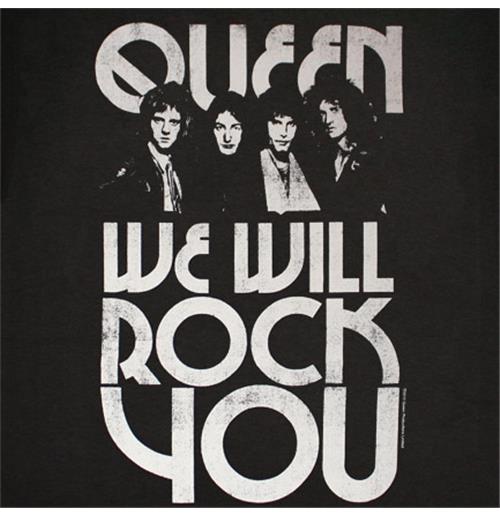
The four-on-the-floor beat was also popularized by disco music in the 1970s. It’s prevalent to hear this style of drumming in pop songs.
Here are ten examples of some trendy ones;
- “Billie Jean” by Michael Jackson is perhaps one of the most iconic uses of a 4/4 disco-style drum beat.
- “We Will Rock You” by Queen – Drummer Roger Taylor plays a constant 4/4 beat for this song. Jazz music initially used this style of drumming.
- “Down Under” by Men at Work – The drums on this 1982 hit are simple but still commemorate the four on the floor style typical in many disco songs.
- “Smooth Criminal” by Michael Jackson – A modern twist on a classic sound, the beat of “Smooth Criminal” is a combination of jazz and pop. Being released in 1988, it falls right between Queen’s song from 1978 and Men at Work’s song from 1982.
- “She Drives Me Crazy” by Fine Young Cannibals – This 1989 song is one of the most straightforward examples of a 4/4 beat.
- “Money for Nothing” by Dire Straits is played in a shuffle beat, which means that it falls between a 4/4 and 3/4 second. However, it’s intended to be counted as a 4/4, so it’s commonly analyzed as such.
- “Give Me Everything” by Pitbull ft. Ne-Yo, Afrojack, and Nayer are perfect examples of an EDM beat. It’s one of the most popular EDM songs from 2011.
- “Whip My Hair” by Willow – A great example of a modern pop song that uses a four on the floor drum beat. The drums in this song are sampled from “Walk This Way” by Run DMC.
How to Play a Four on the Floor Rhythm?
Performing four on the floor rhythm requires instruments capable of playing 16 notes per beat. Standard instruments used for this purpose include drum kit, electronic drums, and electric bass drums.
The bass drum usually plays the root and fifth of each chord. The snare drum or clap usually plays all quarter notes, except for the backbeat (eighth-note beats 2 & 4 in 4/4 time).
A syncopated pattern emphasizing beat one is also possible. Then you should play only the bass drum on beat one and play the snare drum on beat two. Of course, you can also mix these elements.
To do this, you could play the bass drum only every second beat, so eight notes in a bar have been played. On the eighth note, beats 1 and 3 would be bass drums, and beats 2 and 4 would be snare drums.
Another common variation is to have one or more of the cymbals assigned to a note value other than quarter notes for each cymbal crash to sound in conjunction with a snare drum hit.
This way, you can play a basic 4/4 beat with bass drum, snare drum, and two hi-hats except on the “and” count.
The bass drum plays on beats 2 and 4; the snare drum plays with the right hand on beat 3 of each measure, while the hi-hat is played with the left foot during all four beats of each measure.
One can use it effectively to create a more subtle feel of four on the floor.
Four-on-the-Floor in EDM
When you look at the evolution of dance music over the past thirty years, it’s pretty clear that the kick drum hasn’t always been a staple in electronic dance music.
Today’s electronic dance music is derived from a commercial radio-friendly electro house.
So how did we get here?
EDM has come a long way, and one thing is for sure: technology has played a considerable role. As technology continues to develop, new methods are constantly being found to make music using this technology.
With the advent of digital synthesizers in the early 1980s, the possibilities opened up for electronic musicians to create previously impossible sounds, especially in electronic dance music, hip-hop, and pop music.
Four-on-the-Floor in Jazz
Jazz music is a style of music that has been around for over 100 years. It started African-American musicians in New Orleans, who developed a new sound utilizing a robust rhythm section known as “four on the floor.”
The four-on-the-floor rhythm pattern is unique to jazz music in that it has become an essential part of jazz history.
This pattern is characterized by a steady, constant beat accented with solid percussion. This pattern has become an essential part of jazz music.
Composers like Duke Ellington and Count Basie used the four-to-the-floor rhythm to help shape the genre into what we hear today.
Conclusion
In conclusion, a four-on-the-floor beat is a type of music rhythm that is a uniformly accented beat. It is an ancient beat rhythm popularly used in disco music. Technology has slowly grown the beat.
Earl Young is often credited with creating the 4 the floor drumming method used in popular music. Earl Young is seen as the inventor of the disco style of rock drumming (in Harold Melvin & the Blue Notes.
Four-on-the-floor rhythm is now used in various genres such as jazz, electronic dance music, reggae, hip-hop, and pop music.
The Four-on-the-floor beat rhythm is undoubtedly a precursor of modern music! It is also referred to as the Four -a to-the-floor beat.




